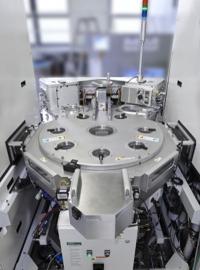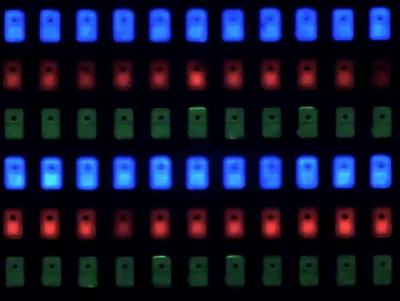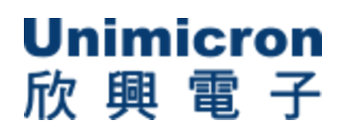Digitimes: Micro-LEDs low aperture ratio makes them competitive for smart displays
Digitimes posted an interesting research note, in which they state that micro-LED displays may find it hard to compete with LCD and OLED displays as the market is approaching saturation.
Micro-LEDs have several advantages over other displays - high brightness, quick response time and the ability to create flexible and transparent displays (this is also true for OLEDs). However a major advantage for Micro LEDs is that the aperture ratio is only 10%, which means that there is a lot of empty space in a micro-LED display.




